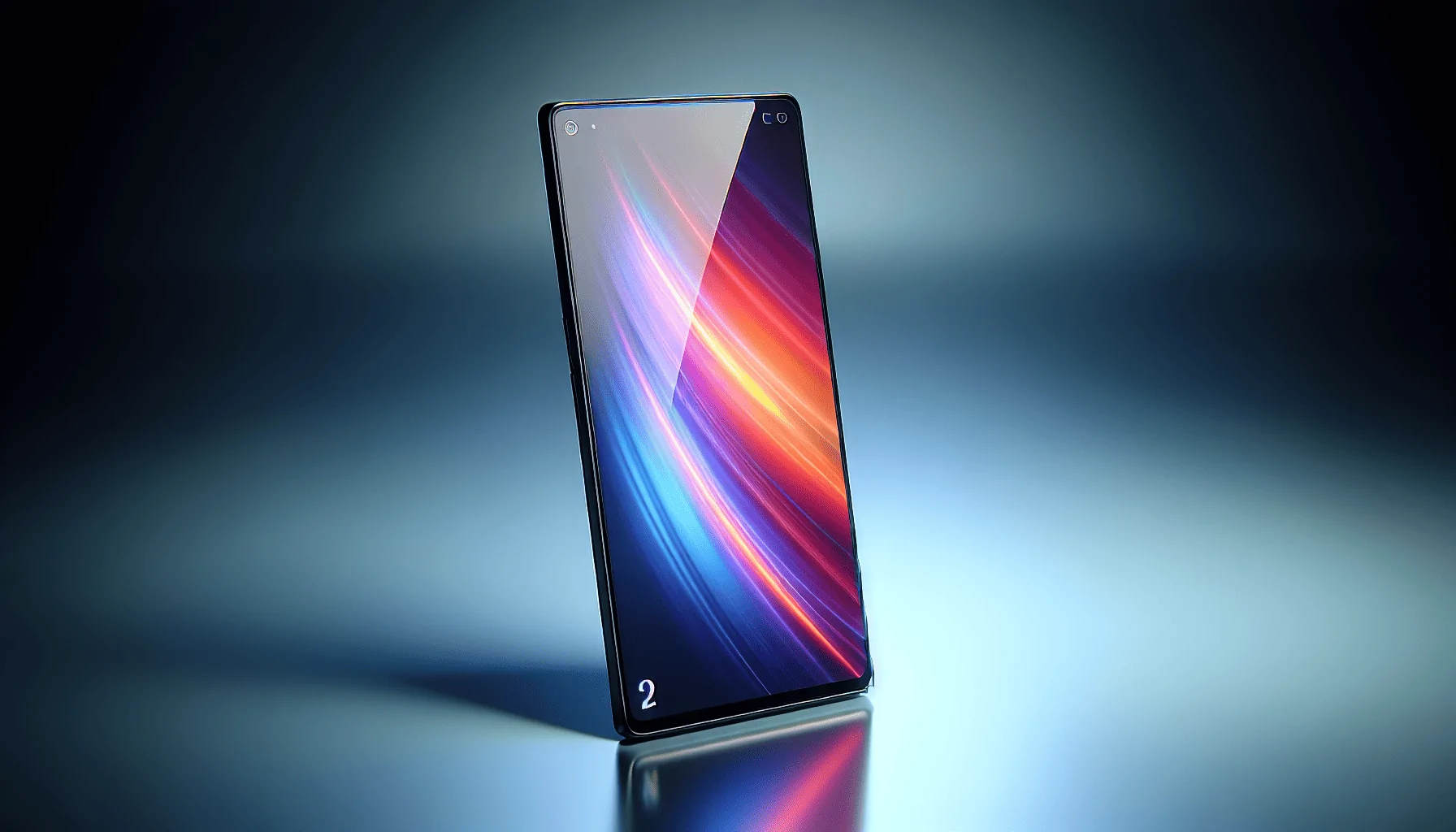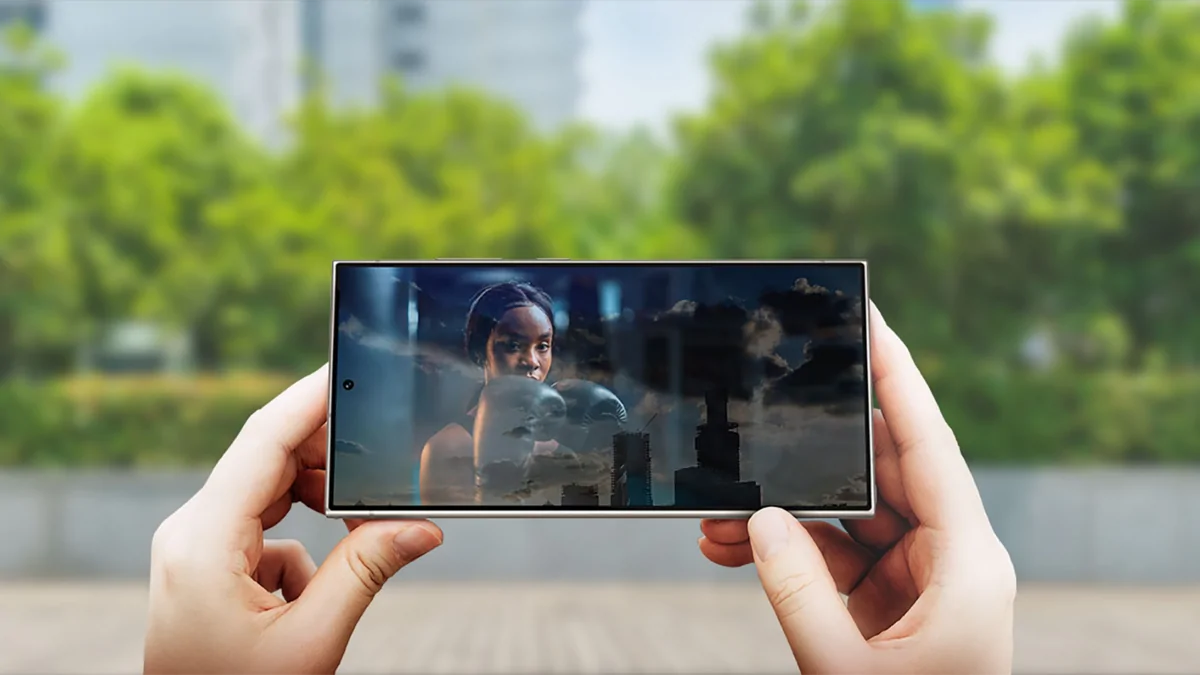Imagine holding a device in your hand that brings colours to life, responds instantly to your touch, and makes every video, image, or game feel like an immersive experience. This magic lies in the screen technology of your mobile phone. It’s not just a window to your digital world—it’s the very foundation of how you interact with your cell phone.
From stunning visuals to ultra-smooth touch responses, screen technology has evolved dramatically over the years. It has become a key factor in defining the quality and performance of modern smartphones. But what exactly is screen technology, and why does it matter so much? Let’s dive in and uncover how this crucial feature shapes your cell phone experience.
Understanding Screen Technology in Mobile Phones
Screen technology in cell phones is the driving force behind how we see, touch, and interact with our devices. It’s the reason your favourite movie looks vibrant, your games feel immersive, and your apps respond instantly to your touch. But it’s more than just a display—it’s a blend of cutting-edge innovations designed to enhance your digital experience. From the sharpness of text to the smoothness of scrolling, screen technology is what turns a simple screen into a portal to your world.
Types of Screen Technologies in Mobile Phones
When it comes to mobile phones, the screen is more than just a display; it’s a combination of technology that defines the visual and interactive experience. Let’s explore the most common types of screen technologies and their unique features.
1. LCD (Liquid Crystal Display)
LCD screens are one of the earliest and most commonly used display technologies in cell phones, particularly in budget and mid-range devices. They work by using a backlight to shine light through liquid crystals, which align to create images. This design makes them bright and easy to use in well-lit environments. However, they may struggle with deep blacks and contrast compared to newer technologies.
2. OLED (Organic Light Emitting Diode)
OLED displays are a leap forward in screen technology. Unlike LCDs, OLED screens don’t rely on a backlight. Instead, each pixel lights up individually, which means they can turn off completely to produce perfect blacks. This ability creates a stunning contrast and vibrant colours, making visuals look more realistic and engaging.
3. AMOLED (Active Matrix OLED)
AMOLED screens enhance the OLED experience by adding an active matrix layer, which uses thin-film transistors to control each pixel more precisely. This results in faster response times and smoother motion, making AMOLED displays ideal for gaming, video playback, and other high-performance tasks.
4. Super AMOLED
Super AMOLED is Samsung’s advanced version of AMOLED technology. It integrates the touch sensors directly into the display instead of layering them on top, which makes the screen thinner and more responsive. This innovation also improves visibility in bright sunlight, making Super AMOLED screens easier to use outdoors.
5. Retina Display
Retina Display is Apple’s term for screens with extremely high resolutions where individual pixels are nearly invisible to the naked eye at a normal viewing distance. These displays are not a specific technology but rather an optimization of either LCD or OLED panels.
Brief Comparison of Screen Technologies:
| Technology | Key Features | Drawbacks |
| LCD | Affordable, bright, widely available | Limited contrast, less vibrant colours |
| OLED | Perfect blacks, energy-efficient, thin displays | Expensive to produce, risk of burn-in |
| AMOLED | Faster response, better pixel control | Similar drawbacks to OLED |
| Super AMOLED | Thinner, improved outdoor visibility, energy-saving | Higher cost |
| Retina Display | Ultra-sharp visuals, optimized for eye comfort | Tied to Apple devices, no universal standard |
Each type of screen technology brings its strengths and weaknesses, allowing manufacturers to tailor the display experience to their devices’ target audiences.
Advantages of Advanced Screen Technologies
Modern smartphones are equipped with advanced screen technologies that significantly enhance the overall user experience. These innovations go beyond just looking good—they improve functionality, efficiency, and enjoyment. Let’s explore the key advantages of these advanced displays.
1. Improved Visual Clarity
Advanced screen technologies, like OLED, AMOLED, and Retina Displays, offer exceptional sharpness, vibrant colors, and deeper contrasts. They make every detail on the screen pop, whether you’re watching a high-definition movie, viewing photos, or reading text. With higher resolutions and enhanced color accuracy, these screens deliver lifelike visuals, making everything on your phone appear more immersive and enjoyable.
2. Better Battery Efficiency
Screens like OLED and AMOLED are more energy-efficient compared to traditional LCDs. These technologies allow individual pixels to turn off completely when displaying black, reducing power consumption significantly. For users who rely on their smartphones throughout the day, this improved efficiency means longer battery life without compromising on display quality. Dark mode on OLED screens, for instance, is a popular way to save battery while providing a visually soothing experience.
3. Enhanced Gaming and Multimedia Experience
For gamers and entertainment lovers, advanced screen technologies are a game-changer. Features like high refresh rates (e.g., 90Hz, 120Hz) and faster response times ensure smoother animations and reduced motion blur, creating a more seamless gaming experience. Bright, color-rich displays with excellent contrast ratios make movies and videos more captivating, bringing a cinematic feel to your smartphone. Whether it’s a fast-paced game or a visually rich movie, these screens ensure you don’t miss a single detail.
Why These Advantages Matter
These benefits of advanced screen technologies not only make smartphones more enjoyable to use but also enhance their practicality. From sharper visuals and energy savings to an immersive multimedia experience, modern displays elevate the way we interact with our devices every day.
Challenges in Screen Technology
Here are some of the main challenges faced in advanced screen technologies for cell phones:
- High Costs: Advanced screens like OLED, AMOLED, and Super AMOLED are expensive to produce because they require complex manufacturing processes and materials. This increases the price of smartphones with these displays.
- Durability Issues: These screens are often thinner and more delicate, making them prone to cracks or scratches. Problems like OLED burn-in, where static images leave a faint mark on the screen, are also common.
- Hardware Compatibility: High-performance screens need powerful processors and batteries to function well. This can put extra strain on the device and make it harder to balance screen quality with overall performance.
Addressing these challenges is important to make advanced screen technologies more affordable, durable, and efficient for everyone.
Conclusion
Screen technology plays a vital role in enhancing the usability and experience of mobile phones. From delivering stunning visuals and vibrant colors to ensuring smooth touch responsiveness, advanced screens have transformed how we interact with our devices. Whether it’s enjoying immersive gaming, watching movies in crystal-clear quality, or simply scrolling through social media, the quality of a phone’s screen is central to the overall user experience.
Looking ahead, the evolution of screen technology shows no signs of slowing down. With innovations like foldable displays, under-display cameras, and energy-efficient designs, the future of cell phone screens promises even greater advancements. As technology continues to push boundaries, we can expect displays to become even more versatile, durable, and user-focused, shaping the next generation of smartphones.













